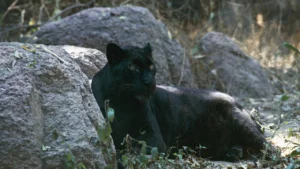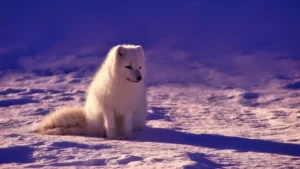Table of Contents
In the vast expanses of the world’s oceans, beneath the shimmering surface, roams one of the most majestic and enigmatic creatures: the killer whale, or orca. In 2024, as humanity’s understanding of marine ecosystems deepens and our appreciation for oceanic biodiversity grows, the charismatic killer whale continues to capture our imagination and intrigue. From their intricate social structures to their remarkable hunting strategies, killer whales are a testament to the complexity and wonder of marine life. In this comprehensive exploration, we delve into the captivating world of killer whales, unraveling their mysteries, celebrating their beauty, and advocating for their conservation in an ever-changing world.
Introduction To Killer Whales Orcas
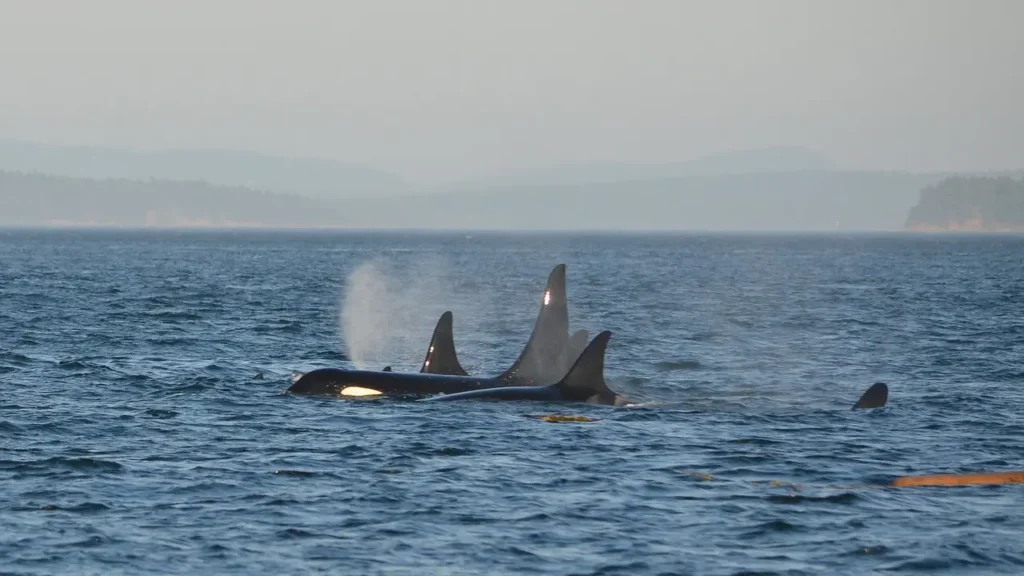
Killer whales Orcas(Orcinus orca) are the largest members of the dolphin family, characterized by their distinctive black-and-white coloration, robust bodies, and imposing dorsal fins. Belonging to the order Cetacea, which includes whales, dolphins, and porpoises, killer whales are highly intelligent and social animals, exhibiting complex behaviors and vocalizations that rival those of their terrestrial counterparts. With their powerful jaws and sharp teeth, killer whales are apex predators, preying on a wide range of marine species, including fish, seals, sea lions, and even other cetaceans. Despite their fearsome reputation as “wolves of the sea,” killer whales are also revered for their playful antics, close-knit family bonds, and sophisticated communication skills.
Physical Characteristics: Anatomy of a Marine Titan
Killer Whales Orcas exhibit a remarkable array of physical adaptations that enable them to thrive in their marine environment. With an average length of 20 to 26 feet (6 to 8 meters) and a weight of up to 6 tons (5,400 kilograms), killer whales Orcas rank among the largest predators in the ocean. Their streamlined bodies are built for speed and agility, with powerful flippers and a muscular tail fluke that propel them through the water with ease.
Their distinctive black-and-white coloration serves both camouflage and communication purposes, helping them blend into their surroundings and signaling social status and identity within their pod. Perhaps most iconic is the dorsal fin, which can reach heights of up to 6 feet (1.8 meters) in males and serves as a symbol of strength and dominance among killer whales.
Social Structure and Behavior: The Complex Lives of Oceanic Societies
One of the most fascinating aspects of killer whale behavior is their intricate social structure and familial bonds. Killer whales Orcas live in cohesive social groups known as pods, which typically consist of several individuals, including mothers, offspring, and sometimes unrelated members. Within each pod, individuals form strong bonds through cooperative hunting, communication, and play, with older females often serving as matriarchs who lead and guide the group. Pods exhibit distinct dialects and vocalizations that are passed down through generations, allowing members to communicate and coordinate their activities effectively. Killer whales Orcas are also known for their remarkable intelligence and problem-solving abilities, which they use to navigate complex social dynamics and adapt to changing environmental conditions.
Hunting and Feeding: The Art of Predation
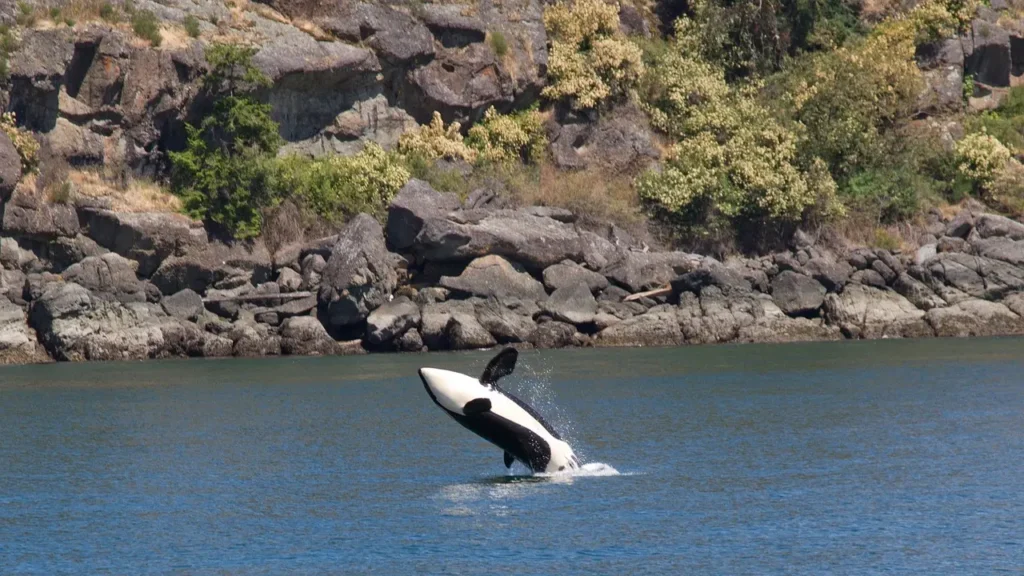
As apex predators, killer whales Orcas employ a variety of hunting techniques and strategies to secure their prey. Depending on their location and available food sources, killer whales may specialize in hunting specific species or adopt a more opportunistic approach. Some populations are known to target fish such as salmon, herring, and tuna, using coordinated group hunting tactics to corral and capture their prey.
Others specialize in hunting marine mammals, including seals, sea lions, and even larger whales, employing ambush tactics and cooperative hunting behaviors to overwhelm their quarry. Despite their formidable hunting prowess, killer whales Orcas are also known to share their food with other members of their pod, exhibiting altruistic behaviors and cooperative foraging strategies that reinforce social bonds and strengthen group cohesion.
Migration and Range: Navigating the Highways of the Ocean
Killer whales Orcas are highly migratory creatures, with populations found in all of the world’s oceans, from the polar regions to the tropics. Their range is determined by the availability of food, environmental conditions, and social factors, with some populations exhibiting seasonal migrations in search of prey or breeding grounds.
In the North Pacific, for example, killer whales Orcas are known to travel vast distances along coastal and offshore habitats, following the movements of salmon runs and other migratory species. In the Antarctic, killer whales Orcas patrol the icy waters in search of seals and penguins, while in the tropics, they may inhabit coral reef ecosystems where they prey on fish and other marine life. Despite their wide distribution, killer whales Orcas face increasing threats from human activities, including pollution, habitat degradation, overfishing, and climate change, which pose significant challenges to their long-term survival and well-being.
Conservation Status: Protecting the Ocean’s Apex Predators
In recent years, concerns have grown over the conservation status of killer whale populations worldwide, as human activities continue to impact their habitats and food sources. Pollution, including chemical contaminants, plastics, and noise pollution, poses a significant threat to killer whales, affecting their health, reproductive success, and behavior. Habitat loss and degradation, caused by coastal development, shipping traffic, and oil and gas exploration, further compound the challenges facing killer whale populations, reducing their access to prey and increasing their vulnerability to disturbances. Climate change also poses significant risks to killer whales, as rising sea temperatures, melting sea ice, and ocean acidification alter marine ecosystems and disrupt food chains.
In response to these threats, conservation organizations, government agencies, and researchers are working to protect and conserve killer whale populations through habitat restoration, pollution mitigation, and sustainable fisheries management. By raising awareness of the importance of killer whales to marine ecosystems and implementing measures to reduce human impacts, we can ensure a brighter future for these magnificent creatures and the oceans they call home.
Cultural Significance: Killer Whales in Mythology and Folklore
Throughout history, killer whales have played a prominent role in the mythology, folklore, and cultural traditions of indigenous peoples around the world. Revered as symbols of strength, wisdom, and protection, killer whales are often depicted in native art, stories, and ceremonies as guardians of the sea and messengers between the human and spirit worlds. In many indigenous cultures, killer whales are regarded as spiritual kin, with whom humans share a deep and sacred connection. Their image adorns totem poles, ceremonial masks, and traditional artwork, serving as a reminder of the enduring bond between humans and the natural world.
Encounters in the Wild: Experiences and Insights from Observers
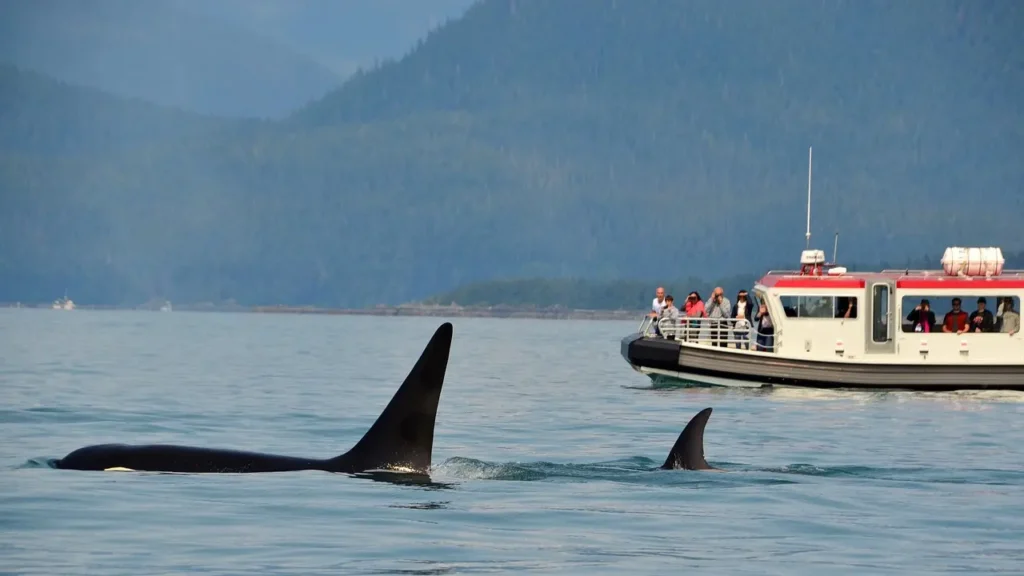
For those fortunate enough to encounter killer whales Orcas in the wild, the experience is often one of wonder, awe, and reverence. Whether witnessed from the deck of a boat, the shores of a remote island, or the depths of a crystal-clear ocean, the sight of killer whales Orcas in their natural habitat is a rare and unforgettable privilege. Marine biologists, researchers, and wildlife enthusiasts devote countless hours to studying and documenting killer whale behavior, shedding light on their complex social structures, hunting strategies, and migratory patterns. Through their efforts, we gain insights into the mysteries of the ocean and deepen our appreciation for the diversity and beauty of marine life.
Conclusion: Guardians of the Deep
In conclusion, killer whales Orcas are more than just apex predators; they are guardians of the deep, symbols of the ocean’s majesty and mystery. As we continue to explore and appreciate the wonders of the marine world, let us remember the importance of protecting and conserving species like the killer whale, whose presence enriches our lives and reminds us of the beauty and complexity of life on Earth.
Whether glimpsed in the wild or celebrated in stories and traditions, killer whales Orcas embody the spirit of the ocean and the enduring power of nature’s untamed beauty. By working together to address the threats facing killer whale populations and their habitats, we can ensure a brighter future for these magnificent creatures and the oceans they inhabit.


